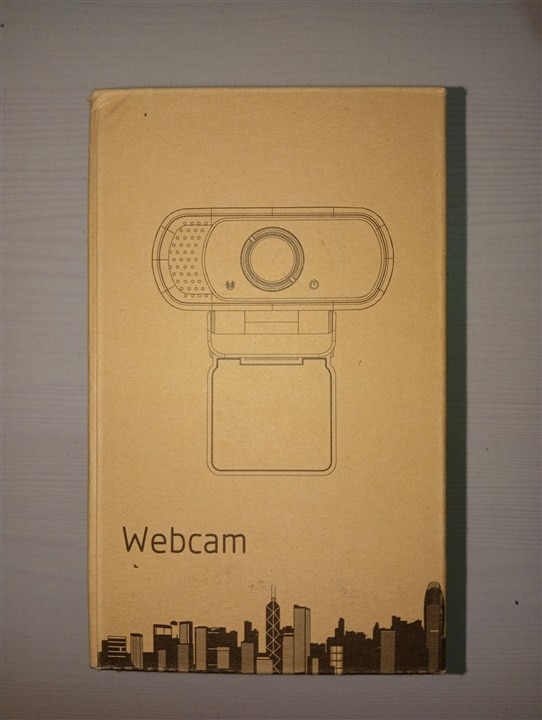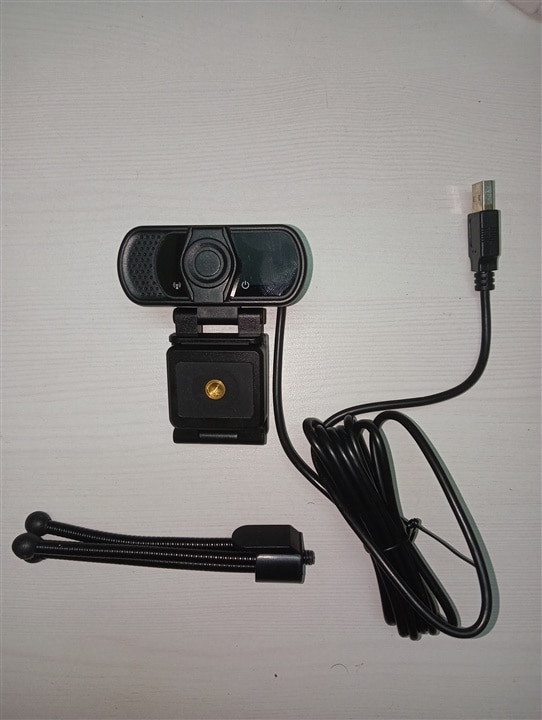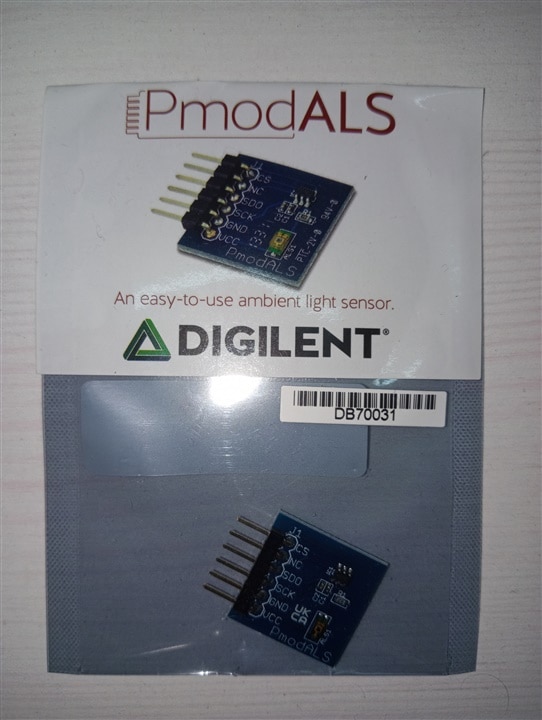Introduction
I participated in The Eye on Intelligence challenge hosted by Element14 and luckily got selected as an official challenger. I have background in VLSI and like to play with Electronics items and boards in my free time.
For this challenge, I plan to make a sign language to text interpreter using Machine Learning (Using Deep Neural Network). I don't have much prior experience in running ML on FPGAs, so this is going to be new and probably a little bit challenging for me. I am sure that I am going to learn a lot while working on this project.
Hand Sign Language
Sign language is a visual language that uses hand motions, changes in hand shape, and track information to convey meaning. Generally, this technique is used for communication by people who have low or no hearing ability. All the 26 letters of English Alphabet can be conveyed using unique hand positions. There is one issue with this, not all the people in world can understand these hand signs. I believe this issue can be solved using machine learning.

Project Overview
To address the above mentioned problem, I plan to make a portable hand sign language interpreter. It will convert the hand signs into Alphabet characters one by one on the fly. The characters will be displayed on a screen. To implement this, I will be using an FPGA board. The plan is to use the parallel processing capability of the FPGA board for faster results. One HD webcam will be attached to the board which will be continuously sending visual input to the FPGA board. The board will process the visual data and classify the hand signs into characters using ML algorithms. The result will be then shown on the screen.
Here is a simple block diagram to understand the flow:
FPGA
What is an FPGA?
FPGA is a type of integrated circuit (IC) that can be programmed to perform specific functions after it has been manufactured. FPGA stands for Field Programmable Gate Array. These are referred to as 'Field Programmable' because they have the capability to be reconfigured for specific use cases. These can be reconfigured any number of times after manufacturing. When an FPGA is configured, the internal circuitry is coupled in such a way that the software program is implemented in hardware.
In short an FPGA is a chip that is reconfigurable.
FPGA Architecture:

Some one line definitions:
Logic Block - FPGAs are built from one basic 'logic-block', duplicated hundreds or thousands of time. A logic-block is basically a small lookup table (LUT), a D flip-flop and a 2-to-1 mux (to bypass the flip-flop if desired).
Interconnect - Each logic-block can be connected to other logic-blocks through interconnect to achieve complex functions.
Input/Output Block - The interconnect wires also go to the boundary of the device where I/O blocks are implemented and connected to the pins of the FPGAs.
Why use FPGA?
FPGAs can be more efficient for specific tasks, as they enable architecture customization that optimizes resource use. An important point to keep in mind is that FPGAs are not preferred in all the applications. The below table lists some differences between FPGA & ASIC.
| FPGA | ASIC |
| Reconfigurable Circuit after manufacturing | Fixed circuit throughout product's life |
| Suitable for digital designs only | Analog circuit can also be implemented |
| Adaptable for many applications | Suitable for only one application |
| Larger size than ASICs | Smaller size than FPGAs |
| Less energy efficient (uses more power) | More energy efficient (uses less power) |
| Difficult to attain high frequency rates | Work at high frequency rates |
| Bugs can be fixed in the final product | Silicon bugs are very hard to fix |
How to choose between FPGA & ASIC?
This depends on the application. If the application requires constant bug fixes, feature and design changes, and software flexibility, then FPGAs may be the right solution. But if the application requires high performance, smaller device footprint, and significantly lower power consumption, then ASICs are better choice.
The Kit
The 20 officially sponsored challengers were shipped a kit to use in their projects. I got the kit in a nicely packed box. The kit contains below items:
- Arty Z7 FPGA Board
- Multicomp Pro 12VDC 2AMP Power Adaptor
- ZIQIAN HD 1080P webcam
- Digilent ambient light sensor Pmod
Images:


In the coming sections , I will go through each item in the kit.
Arty Z7 FPGA Board
The Arty Z7 FPGA board came in a small box covered in multiple layers of foam for protection along with an ISSI pamphlet.



Front and Back of the board:


The Arty Z7 is a development platform designed around the ZYNQ-7000 architecture from Xilinx. This board is basically designed for hobbyists and makers. There are two variants of the board. The one which I got in the kit is Arty Z7 - 20 (Part Number: XC7Z020-1CLG400C) It has the following features:
- Full support for Vivado, SDSoC, and Petalinux design environments
- Powered by ZYNQ SOC Techonology
- 650MHz dual-core Cortex-A9 processors integrated with the programmable logic equivalent to Artix-7 FPGA.
- 512 MB DDR3 with 16-bit bus @ 1050 MBps
- 16 MB Quad SPI Flash
- Buttons, RGB LEDs, Switches, HDMI (Input + Output), USB, Ethernet & Audio
- Arduino and Pmod expansions
- Programmable from JTAG, Quad-SPI flash, and microSD card
I have an Arty S7 board. I thought it will be interesting to compare both the boards based on their FPGA Specifications:
| FPGA Specifications | Logic Cells | 6-Input LUTs | Flip-Flops | Block RAM | DSP Slices | Clock Resources | Internal ADC |
| Arty Z7 - 20 | 13,300 | 53,200 | 106,400 | 630 KB | 220 | Zynq PLL with 4 outputs 4 PLLs 4 MMCMs 125 MHz external clock |
Dual Channel, 1 MSPS |
| Arty S7 - 50 | 8,150 | 32,600 | 65,200 | 337.5 KB | 120 | 100 MHz & 12MHz external clocks 5 PLLs 5 MMCMs |
Dual Channel, 1 MSPS |
Below table contains the connectivity and on-board IO information:
| Connectivity | |
| USB | USB-UART, USB-JTAG Programmer, USB Host |
| Ethernet | Gigabit Ethernet PHY |
| HDMI | Sink (input) Source (output) |
| Audio | PWM driven mono audio output with 3.5 mm jack |
| Pmod Connectors | 2 |
| Other Connectors | Arduino/chipKIT shield connector |
| Switches | 2 slide switches |
| Buttons | 4 Push buttons |
| LEDs | 4 LEDs, 2 RGB LEDs |
These ports can be seen in the below diagram:

Power Inputs:
- USB
- 7 V - 15 V External source
Reference Manual: Link
Multicomp Pro Power Adaptor
The power adaptor came in a small box. The adaptor requires a two pin power cable cord to connect it to the power supply but it wasn't in the box.It would have been better if the box had the cord in it. I tried to look for it in the local market but couldn't find it. For now, I have decided to power the board from USB cable.


Webcam
Its a 1080P HD USB camera with Stereo Microphone. The webcam comes with a detachable tripod which is a good thing. It can be used with the tripod or it can be placed on the edge of the monitor.




I have attached a short video of it recording a video.
Before using it on Windows, I tried to use it on Ubuntu. It didn't record properly on Ubuntu. Maybe there is an issue in the camera app on Ubuntu as the webcam is working on Windows.
Ambient Light Sensor Pmod
An ambient light sensor (ALS) is a photodetector that measures the amount of light in a user's environment and can be used to adjust the brightness of a device's screen accordingly.
The Digilent PmodALS has a single ambient light sensor. The amount of light the ALS is exposed to determines the voltage level passed into the ADC, which converts it to 8-bits of data. A value of 0 indicates a low light level and a value of 255 indicates a high light level.
Features:
- Simple Ambient Light Sensing
-
Convert light to digital data with 8-bit resolution
-
6-pin Pmod port with SPI interface




I will do a small hands on tutorial with the Pmod in my next blog.
Reference Manual - link
Summary
Overall, the kit looks very beautiful and I am very excited to start tinkering with it.

Reference
- https://sigenics.com/blog/fpga-vs-asic-which-one-is-better
- https://www.logic-fruit.com/blog/fpga/fpga-design-architecture-and-applications/
- https://www.fpga4fun.com/FPGAinfo2.html
- https://digilent.com/reference/programmable-logic/arty-z7/reference-manual
- Pmod ALS reference manual
